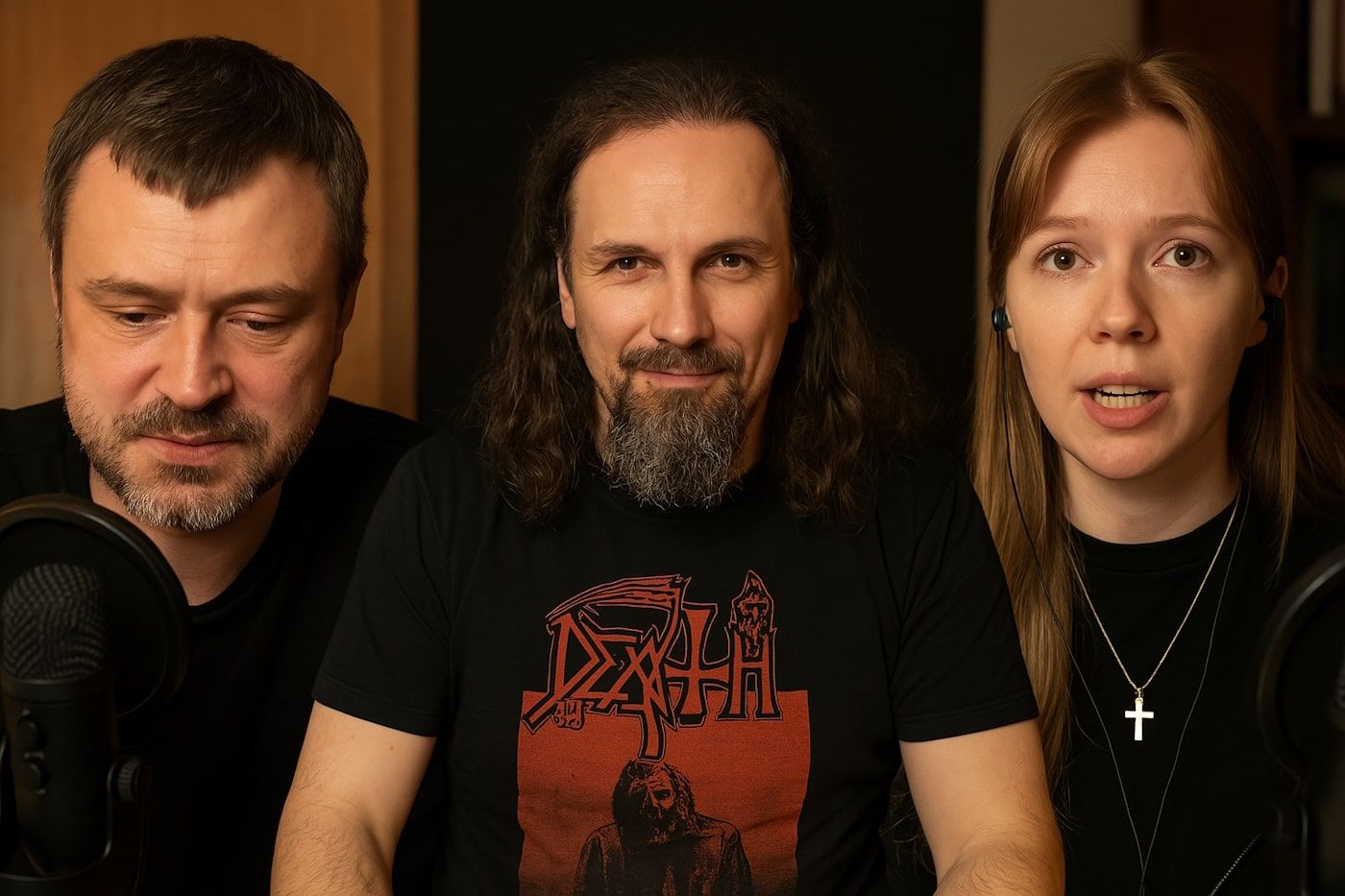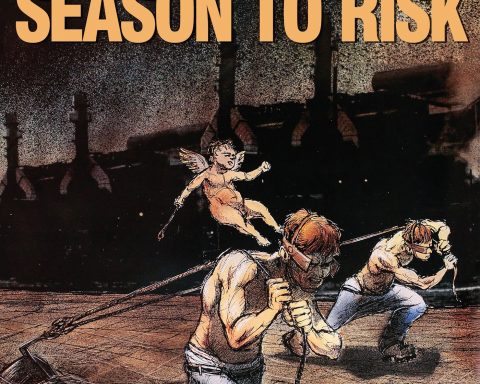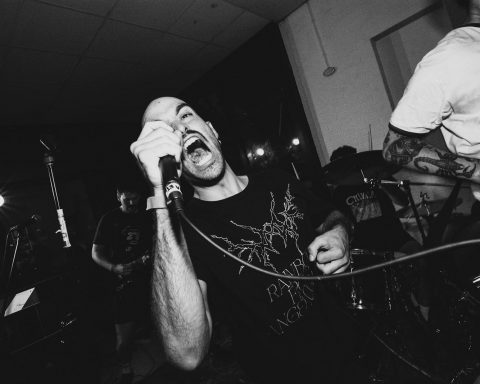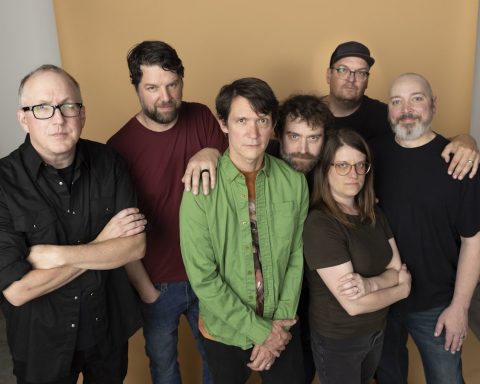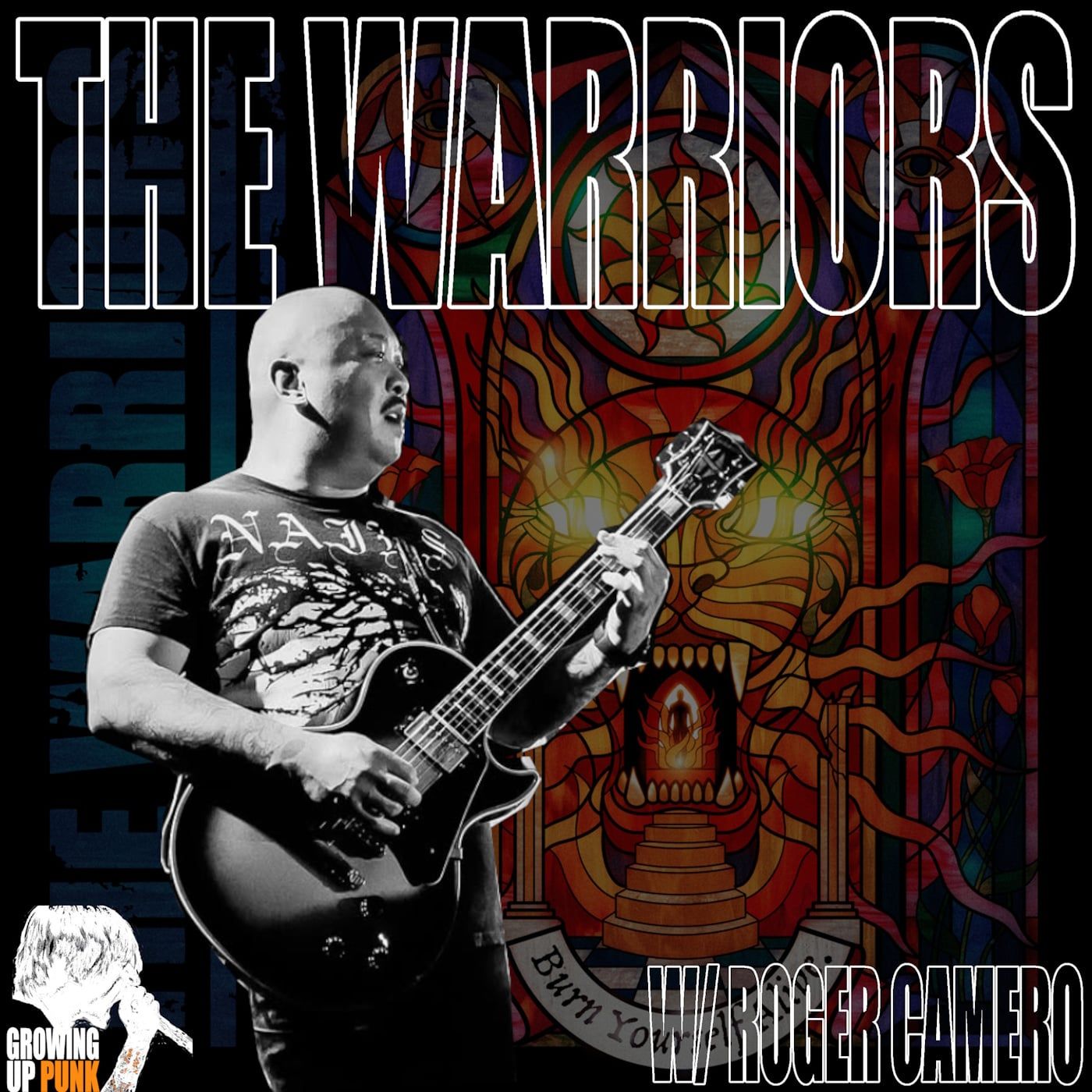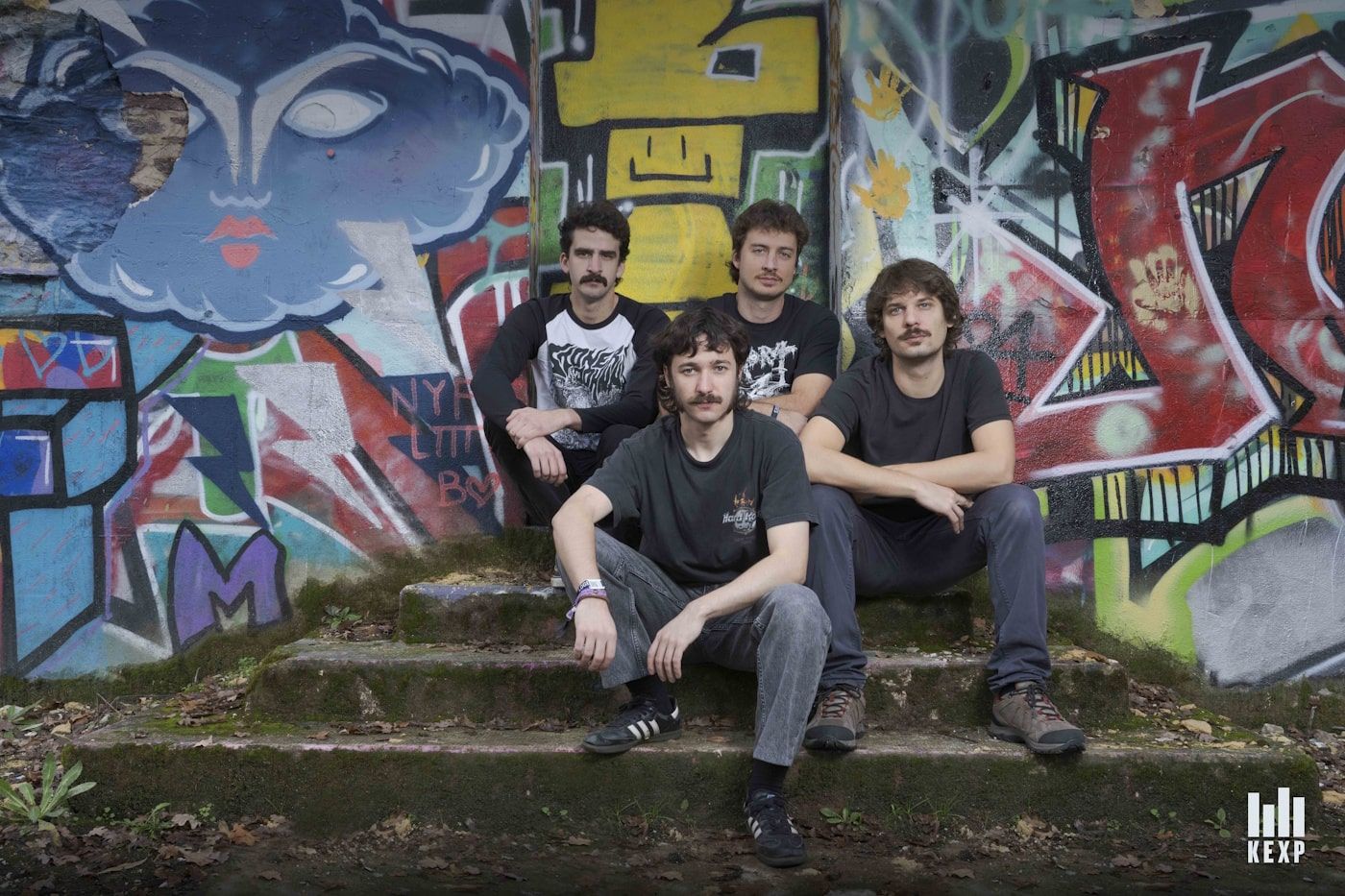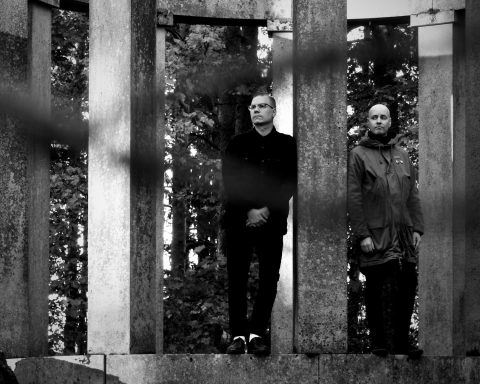For many in traditionalist Catholic circles, metal music never left the shadows of suspicion. The newest podcast episode from Nowy Ład, called “Metalheadzi – tradycjonaliści rozmawiają o odbieraniu muzyki metalowej w swoich środowiskach” becomes a kind of field report—straight from the intersection of religious orthodoxy and heavy distortion. The podcast turned out to be a complex conversation about the legitimacy of catharsis, the risk of spiritual erosion, and the mechanics of judgment within communities still haunted by the ghosts of the ‘90s.
Host Ludwik Pęzioł sits down with Malwina Gogulska and Daniel Flak—both immersed in Catholic traditionalism but unwilling to dismiss entire genres on instinct. The question isn’t whether one can be Catholic and listen to metal. It’s how—and at what cost.
Still the Forbidden Sound?
Malwina, a regular voice on the Skrawki Kultury segment, pulls no punches: in traditional Catholic communities, metal is still viewed as spiritually corrosive. She cites Benedict XVI, who saw rock music as appealing to “elemental passions” and offering a faux-ecstasy that replaces inner stillness with shock and spectacle. And while such commentary can be applied broadly to any genre with amplifiers and lights, for many within the faith, metal retains a special status—as if its sheer volume amplifies the suspicion.
Daniel offers a more tempered stance. A practicing Catholic, politically active, and a parent, he recognizes the weight of perception but doesn’t internalize the guilt. “I’ve never felt like I was replacing religion with concerts,” he says. For him, metal has been an aesthetic and social experience, not a theological one. Yet even he once received a cautionary call from a fellow believer, warning him to “step away from evil.”
That kind of automatic condemnation, both guests agree, is often born from ignorance. And ignorance, in their view, breeds bad theology.
Can a Catholic Listen to Burzum?
A recurring theme is whether certain bands—Burzum, Slayer, or Mercyful Fate—pose a unique threat due to their explicitly anti-Christian imagery or backgrounds. The consensus? It depends on the listener. Malwina draws a line at hypocrisy, specifically naming Tom Araya of Slayer, who proclaims Catholic faith while profiting off lyrics soaked in mockery. For her, that’s harder to stomach than an openly blasphemous act.
The anecdote of Malwina’s daughter approaching adolescence introduces a generational layer. Her approach is cautious, autorytatywna: she wouldn’t let her child near black metal. Daniel, in contrast, prefers transparency. His son listens to Burzum, not out of ideological fascination but personal context—he was born in Bergen, near the church Varg Vikernes famously burned. Daniel’s parenting model is built on presence, not prohibition. “If you ban it, it becomes more tempting,” he says, referencing the Madonna controversy from the 1980s that turned a bishop’s condemnation into a marketing coup.
The Spectrum Within the Genre
Both guests reject the reduction of metal to a single, unholy monolith. The conversation pivots to musical complexity and thematic diversity—from Opeth’s spiritual grief to Iron Maiden’s poetic metaphysics. Malwina sees this as a spectrum: Opeth’s lyrics, she says, “are like a desperate cry for meaning,” while Iron Maiden often reads like theological adventure fiction. “Is Milton a Satanist for writing Paradise Lost?” she asks rhetorically.
What about Death, arguably the most technically respected death metal band? Here, Daniel points to Chuck Schuldiner’s personal loss—the death of his brother—as the emotional core. There’s no demon-worship, just grief turned into sonic architecture. It’s a recurring theme: trauma as ignition, not ideology.
And yet, neither guest sugarcoats the presence of more toxic strains. Black metal, particularly the explicitly misanthropic and theologically hostile material, is seen as a genuine spiritual hazard—not because of the music per se, but due to its stated intent.
Culture Wars, Internalized
Where the conversation turns sharpest is around censorship. Malwina critiques the Church’s “censorious impulse,” pointing out past absurdities—Tolkien and Harry Potter being burned in parish bonfires, Milton appearing on the Index Librorum Prohibitorum. “We don’t need inquisitors,” she says. “We need formation.”
Both agree: banning music isn’t just ineffective—it can be counterproductive. But that doesn’t mean total relativism. The concept of interior discernment reemerges again and again: if listening to a certain song makes you feel spiritually fractured, that’s your warning sign. If your conscience reacts, pay attention.
The Role of the Artist and the Listener
One of the podcast’s more nuanced points comes from Malwina’s reflection on artistic production under censorship. “A painter with an inquisitor in his head will create bad work.” This applies not only to artists but also to critics, teachers, and yes—parents. Overprotectiveness sterilizes culture. But uninformed freedom invites decay.
The guests also challenge the assumption that technical intensity equals spiritual danger. From classical structures in progressive death metal to the harmonic sophistication of ArtSpire, the technical argument for metal’s legitimacy isn’t just defensive—it’s rooted in theory. “If Mozart lived today,” Daniel says, “he’d be composing tech-death.”
Between Catharsis and Contamination
Ludwik offers a closing summary: the problem isn’t metal—it’s projection. Not all heavy music is created with the same intent, and not all listeners absorb content passively. “The genre isn’t the threat. The conscience is.”
In that, both guests agree. Metal can be purgative. It can be theatrical. It can be idiotic or sublime. But it’s not spiritually unambiguous, and to pretend otherwise is to reduce both music and faith to caricature.
Check out the full episode below.



